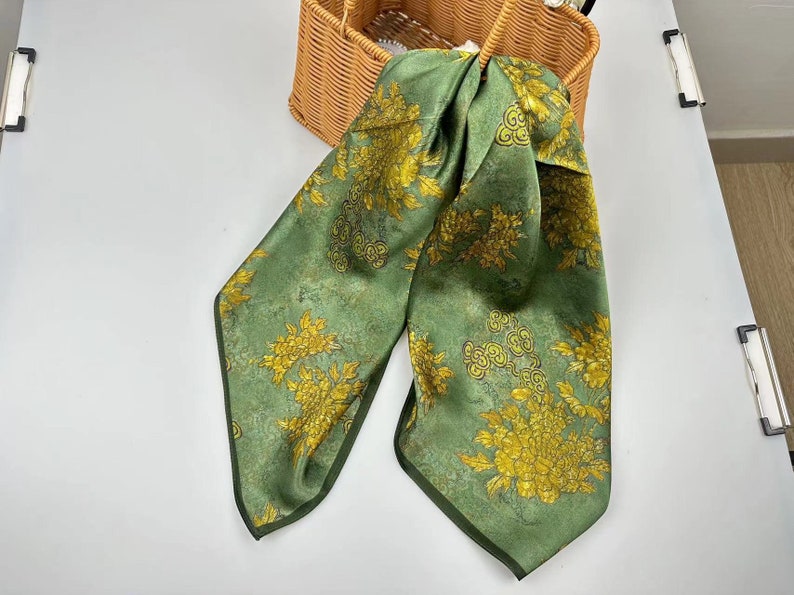Handmade pottery is experiencing a renaissance, driven by a wave of innovative techniques that push the boundaries of traditional ceramics. As artisans explore new methods and materials, the craft is evolving, offering fresh and exciting possibilities for artistic expression.
Exploring New Glazing Methods
One of the most significant advancements in handmade pottery is the development of novel glazing techniques. Artisans are experimenting with various glaze formulations to achieve unique visual effects. For example, the use of metallic glazes can create striking, reflective surfaces that add depth and shine to ceramic pieces. Additionally, artists are incorporating experimental techniques such as crystalline glazing, which results in intricate, crystal-like patterns on the surface of the pottery.
These innovative glazing methods not only enhance the aesthetic appeal of pottery but also expand the creative possibilities for ceramicists. The interplay of colors and textures made possible by these new techniques allows for the creation of truly distinctive and eye-catching pieces.
Alternative Firing Processes
Another area of innovation in handmade pottery is the exploration of alternative firing processes. Traditional kiln firing methods are being complemented by techniques such as raku firing, which produces unique and unpredictable results. Raku pottery is characterized by its vibrant colors and crackled surfaces, achieved through a rapid cooling process that creates dramatic visual effects.
Other alternative firing techniques, such as pit firing and barrel firing, also offer distinctive results. Pit firing involves burying ceramics in a pit filled with combustible materials, creating rich, varied surface textures and colors. Barrel firing uses a metal barrel to achieve similar effects, adding an element of chance and spontaneity to the process.
Textural Innovations
Artisans are also pushing the boundaries of texture in pottery. By incorporating new tools and techniques, they are experimenting with diverse surface textures that add depth and character to their creations. The use of stamping, carving, and even incorporating natural materials into the clay gives each piece a unique tactile quality. These textural innovations not only enrich the visual experience but also enhance the overall sensory appeal of the pottery.

